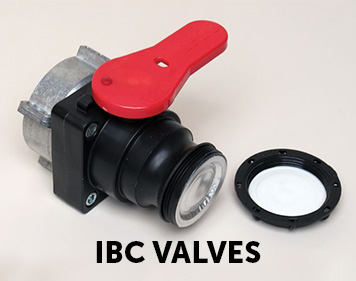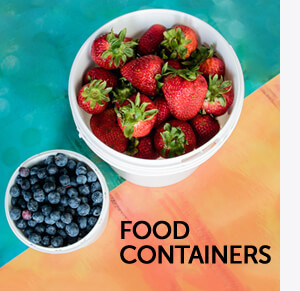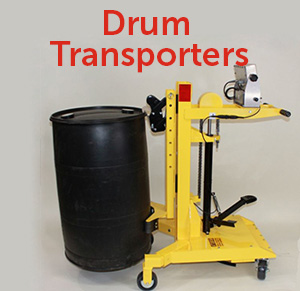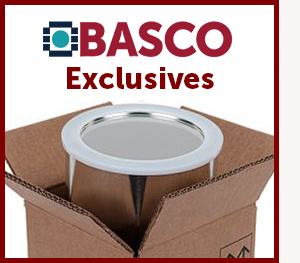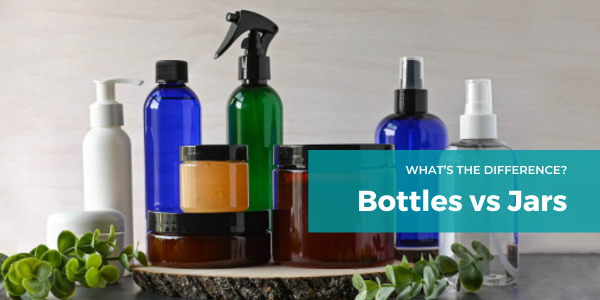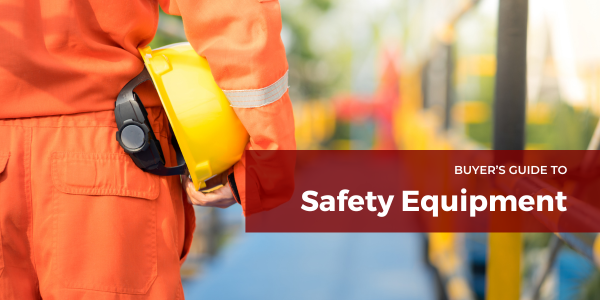Confused as to what kind of hazardous products your packaging container can and cannot carry? Are you waiting to pick out the right 55 gallon drums, 55 gallon salvage drums, or another industrial container because you are not sure if it will safely store your products? Are you wanting to make sure you meet UN/DOT regulations?
Cracking the Code: What is UN Rating for Drums?
BASCO Explains UN Container Ratings

BASCO wants you to get the right industrial containers and packaging for your hazardous products. That's why we've created this quick breakdown on the UN Rating Code and how to interpret one. Know what your containers can do in terms of safely storing and shipping hazardous materials that you have.
- What are UN ratings?
- UN ratings are a set of standards that were put in place by the United Nations, in order to classify which kinds of packaging are appropriate for shipping and storing specific kinds of hazardous materials. UN ratings are assigned to a container if, and only if, that container passes a series of tests.
- Do I need UN rated packaging?
- If you’re shipping or storing materials that are classified as hazardous, then you need UN rated containers like UN rated drums, UN rated 5 gallonpails, and UN rated boxes.
- What kind of UN rating do I need?
- That is a complicated question, there are different UN ratings for different containers, and you need the appropriately rated container for your specific hazardous material. For instance, fiberboard combination packaging may be labeled with a UN rating of 4G/X20/S/19.
- 4G – The first part of the UN rating refers to the type of packaging. “4G” represents the fiberboard box. But this is different for different types of packaging. (Here other possibilities that could appear for the first part of the UN rating: Package type could also be 1 for drums and pails like 55 gallon fiber drums, 2 for barrels, 3 for jerricans, 5 for bags, and 6 for composite. Material type could be A for steel, B for aluminum, C for natural wood, D for plywood, F for reconstituted wood, H for plastic, L for textile, M for multiwall paper, N for metal, and P for glass and porcelain. Category could be 1 for closed head and 2 for open head. Since this example is a box, it is not classified as open head or closed head.)
- X20 – The next part of the UN rating refers to the performance level. This, effectively, refers to how dangerous the contents of the package are. The “20” simply represents the maximum gross mass, in kilograms. “X” denotes that the packaging has been approved for Packing groups I (most hazardous), II (medium hazardous), and III (least hazardous). A performance level of “Y” would show that the packaging has been approved for Packing groups II and III. Packaging whose code showed a Z would mean packaging that has been approved for Packing group III.
- Packing groups represent the danger of the contents of the package. Packing group III is for the least dangerous materials, while Packing group I is for the most dangerous things, with II being in between.
- S – This means that the packaging is approved for containing solid or semi-solid materials. If this packaging were approved for containing liquids, there would be a number here instead. The number represents the hydrostatic test pressure.
- 19 – The easiest part to explain is the last part of the UN rating. This is the year of manufacture. So this example's year would be 2019.
- That is a complicated question, there are different UN ratings for different containers, and you need the appropriately rated container for your specific hazardous material. For instance, fiberboard combination packaging may be labeled with a UN rating of 4G/X20/S/19.
Using one of our top selling 55 gallon plastic drums, SKU THO55, as another example, let's break down the UN rating of the UN rated drum in this video:


